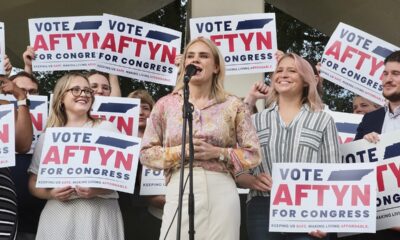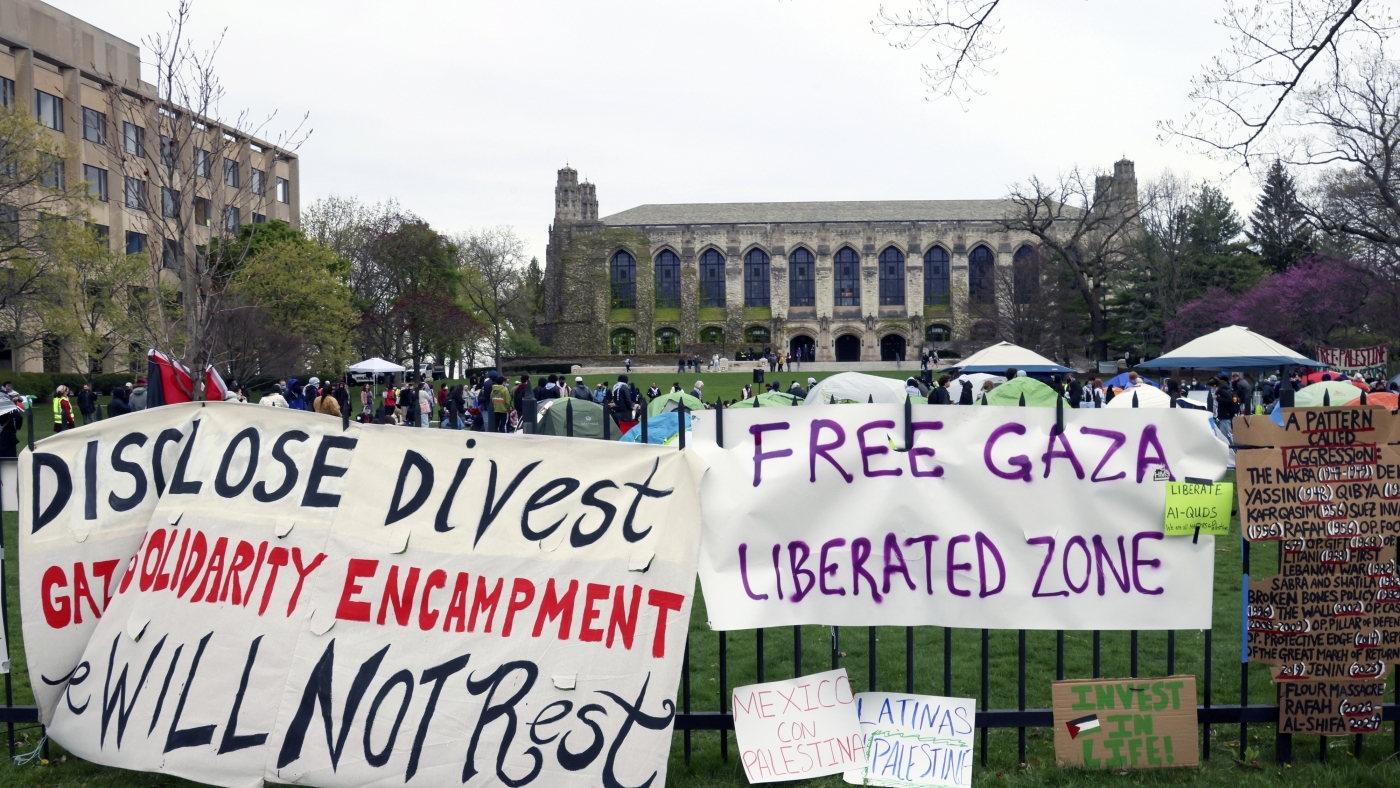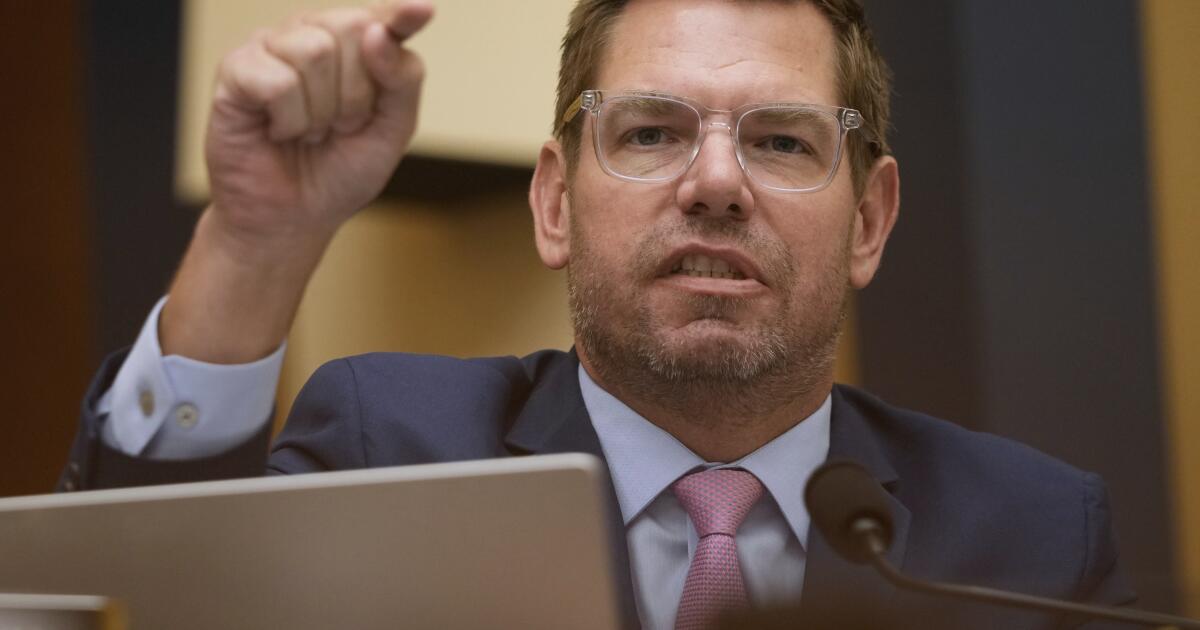Data Skrive
Mark Gronowski and the Iowa Hawkeyes (7-4) are in action on Friday at 12 p.m. ET versus the Nebraska Cornhuskers (7-4) at Memorial Stadium (Lincoln, NE). The matchup is on CBS, if you’re searching for how to watch.
Keep up with college football all season on FOX Sports. Learn more about the Iowa Hawkeyes and the Nebraska Cornhuskers.
How to Watch Iowa vs. Nebraska
- When: Friday, November 28, 2025 at 12 p.m. ET
- Location: Memorial Stadium (Lincoln, NE) in Lincoln, Nebraska
- TV Channel: CBS
- Live Box Score: FOX Sports
Iowa vs. Nebraska: Head to Head
- Against Nebraska, Iowa has tallied two wins over the past three matchups.
- The two teams are tied ATS (1-1-1) in those meetings while the scoring has gone over the point total on one occasion.
- Iowa has scored 1 fewer point than Nebraska in their past three games.
Iowa’s 2025 Schedule
| Date | Opponent | Score |
|---|---|---|
| 8/30/2025 | vs. Albany | W 34-7 |
| 9/6/2025 | at Iowa State | L 16-13 |
| 9/13/2025 | vs. UMass | W 47-7 |
| 9/19/2025 | at Rutgers | W 38-28 |
| 9/27/2025 | vs. Indiana | L 20-15 |
| 10/11/2025 | at Wisconsin | W 37-0 |
| 10/18/2025 | vs. Penn State | W 25-24 |
| 10/25/2025 | vs. Minnesota | W 41-3 |
| 11/8/2025 | vs. Oregon | L 18-16 |
| 11/15/2025 | at USC | L 26-21 |
| 11/22/2025 | vs. Michigan State | W 20-17 |
| 11/28/2025 | at Nebraska | – |
Iowa 2025 Stats & Insights
- Iowa has struggled offensively, ranking 15th-worst in the FBS (309.4 yards per game) this season. However, the defense ranks eighth-best in the nation, allowing just 267.9 yards per game.
- While Iowa ranks sixth-worst in the FBS in passing offense with 134.8 passing yards per game, it’s been a different situation with the defense, which ranks 11th-best (166.3 passing yards per game allowed).
- The Hawkeyes sport the 69th-ranked offense this season (27.9 points per game), and they’ve been more effective on the other side of the ball, ranking ninth-best with just 15.1 points allowed per game.
- The Hawkeyes rank 50th in rushing yards this year (174.5 rushing yards per game), but they’ve been thriving on the other side of the ball, ranking 14th-best in the FBS with 101.6 rushing yards allowed per game.
- Iowa is averaging a 41.6% third-down conversion rate on offense this season (53rd in the FBS), and is surrendering a 34.8% third-down conversion rate (36th) on the defensive side of the ball.
- The Hawkeyes have forced 13 total turnovers (74th in the FBS) this season and have turned it over 11 times (26th in the FBS) for a turnover margin of +2, 52nd-ranked in college football.
Iowa 2025 Key Players
| Name | Position | Stats |
|---|---|---|
| Mark Gronowski | QB | 1,363 YDS (62.9%) / 7 TD / 6 INT 427 RUSH YDS / 13 RUSH TD / 38.8 RUSH YPG |
| Kamari Moulton | RB | 690 YDS / 2 TD / 76.7 YPG / 5.0 YPC 15 REC / 95 REC YDS / 0 REC TD / 13.6 REC YPG |
| Kaden Wetjen | WR | 20 REC / 151 YDS / 1 TD / 15.1 YPG |
| Xavier Williams | RB | 260 YDS / 3 TD / 28.9 YPG / 5.9 YPC |
| Karson Sharar | LB | 72 TKL / 7.0 TFL / 2.0 SACK |
| Zach Lutmer | DB | 61 TKL / 4.0 TFL / 1.0 SACK / 3 INT |
| Xavier Nwankpa | DB | 64 TKL / 1.0 TFL / 1 INT / 1 PD |
| Koen Entringer | DB | 66 TKL / 3.0 TFL |
Nebraska’s 2025 Schedule
| Date | Opponent | Score |
|---|---|---|
| 8/28/2025 | vs. Cincinnati | W 20-17 |
| 9/6/2025 | vs. Akron | W 68-0 |
| 9/13/2025 | vs. Houston Christian | W 59-7 |
| 9/20/2025 | vs. Michigan | L 30-27 |
| 10/4/2025 | vs. Michigan State | W 38-27 |
| 10/11/2025 | at Maryland | W 34-31 |
| 10/17/2025 | at Minnesota | L 24-6 |
| 10/25/2025 | vs. Northwestern | W 28-21 |
| 11/1/2025 | vs. USC | L 21-17 |
| 11/8/2025 | at UCLA | W 28-21 |
| 11/22/2025 | at Penn State | L 37-10 |
| 11/28/2025 | vs. Iowa | – |
Nebraska 2025 Stats & Insights
- Nebraska ranks 75th in the FBS with 379.6 total yards per contest, but it has been led by its defense, which ranks 20th-best by allowing only 307.5 total yards per contest.
- Nebraska ranks 54th in the FBS with 242.8 passing yards per game, but it has been lifted up by its defense, which ranks second-best by surrendering only 138.8 passing yards per contest.
- From an offensive perspective, the Cornhuskers are putting up 30.5 points per game (47th-ranked). They rank 38th in the FBS defensively (21.5 points surrendered per game).
- With 136.8 rushing yards per game on offense, the Cornhuskers rank 87th in the FBS. Defensively they rank 97th, surrendering 168.7 rushing yards per game.
- Nebraska ranks 26th in the FBS with a 46.6% third-down conversion rate on offense, and 50th with a 36.6% third-down percentage allowed on the defensive side of the ball.
- With 12 forced turnovers (87th in the FBS) and nine turnovers committed (ninth in the FBS) this season, the Cornhuskers rank 44th in the FBS with a turnover margin of +3.
Nebraska 2025 Key Players
| Name | Position | Stats |
|---|---|---|
| Emmett Johnson | RB | 1,234 YDS / 11 TD / 112.2 YPG / 5.6 YPC 44 REC / 348 REC YDS / 3 REC TD / 31.6 REC YPG |
| Dylan Raiola | QB | 2,002 YDS (72.4%) / 18 TD / 6 INT |
| Nyziah Hunter | WR | 42 REC / 611 YDS / 5 TD / 55.5 YPG |
| Jacory Barney Jr. | WR | 42 REC / 458 YDS / 4 TD / 41.6 YPG |
| Javin Wright | LB | 71 TKL / 6.0 TFL / 1.5 SACK / 1 INT |
| DeShon Singleton | DB | 61 TKL / 3.0 TFL / 1.0 SACK / 2 INT |
| Vincent Shavers Jr. | LB | 46 TKL / 6.0 TFL / 1.0 SACK |
| Rex Guthrie | DB | 48 TKL / 0.0 TFL |
FOX Sports created this story using technology provided by Data Skrive and data from Sportradar.
Want great stories delivered right to your inbox?
Create or log in to your FOX Sports account, follow leagues, teams and players to receive a personalized newsletter daily.
What did you think of this story?







































